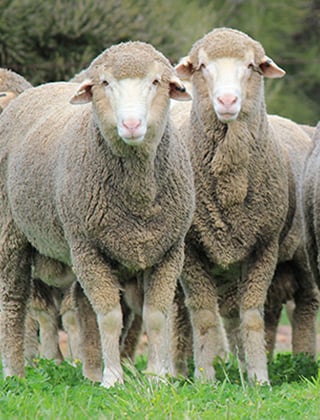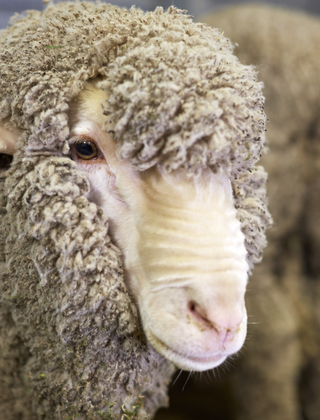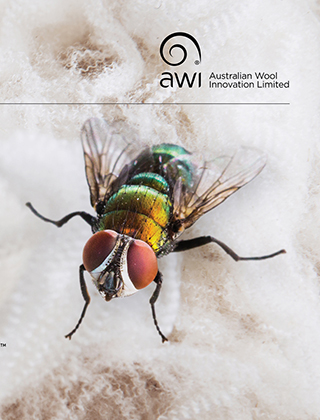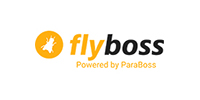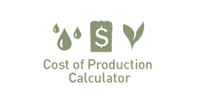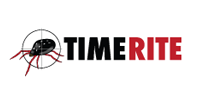Improving resilience in Merinos
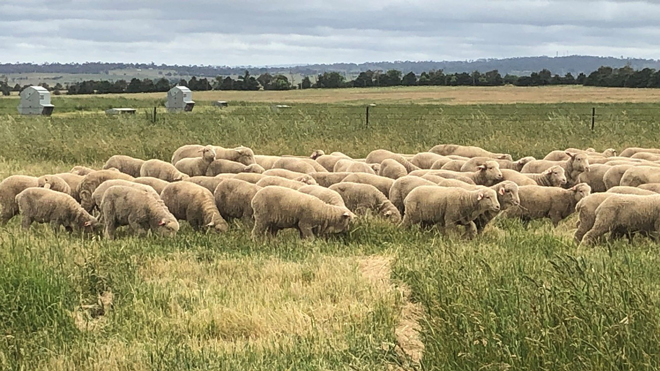
To help develop selection strategies for Merino woolgrowers, a collaborative project between AWI and CSIRO using progeny at the New England Merino Lifetime Productivity (MLP) project site has assessed the relationships between resilience, production and health.
Key points
- An AWI-CSIRO project has found that improvements in wool cut, fibre diameter and wool quality has not penalised Merino resilience. There are small unfavourable correlations with weaning weight and yearling weight, and small favourable correlations with dags and worm resistance.
- The project found that genetic improvement in resilience is possible with Merinos.
- Given increased susceptibility to disease in other species with increases in productivity, ongoing monitoring and future checking of Merino resilience is warranted.
During their lives on farm, livestock are exposed to many short-term environmental challenges that can negatively impact their health, welfare and productivity.
With support from AWI, CSIRO has investigated ways to identify and select Merino sheep that combine resilience to disease with high production. The genetic relationships between resilience, health and production had not previously been extensively studied in Merino sheep.
Resilience refers to the capacity of an animal’s immune system to respond to a challenge and quickly return to their pre-challenge state. The ability of an animal’s immune system to respond can be measured by their response to vaccination or immune competence.
Animals with a low immune response tend to return to their pre-challenge state more slowly, whereas those with a high immune response bounce back faster. This measure is well accepted across species as a good measure of resilience.
In some livestock species – such as dairy and beef cattle, pigs and poultry – selection for production traits, with little to no emphasis on health and fitness, has increased their susceptibility to disease, raising animal health costs and resistance to treatments such as antibiotics.
CSIRO study explores resilience in Merinos
The initial phase of the AWI-CSIRO study suggested some positive correlations between resilience and health traits in Merinos, but some negative correlations between resilience and production existed. More data was needed to obtain significant results, which led to a second phase of the study to build a larger dataset.
A second phase of the project using Merino Lifetime Productivity (MLP) project first generation (F1) and second generation (F2) progeny at the New England site was launched. It aimed to increase data volume and investigate some of the mechanisms that are involved in identifying resilient and productive animals and how to utilise this information.
The MLP project site at Armidale, NSW, produced extensively measured, genotyped and pedigree-recorded progeny. At weaning in their respective years, the 2017 and 2018 drop F1 wether progeny and all F2 progeny from the 2022 and 2023 drops were measured for their response to vaccination. Post weaning, the animals were managed up to 12 months of age in as close to a commercial Merino operation as possible with extensive phenotype recording of a range of production and health traits.
These traits were examined to assess relationships between resilience, production and health, to help develop selection strategies producers could use to simultaneously select resilient and productive animals.
Key research questions included:
- Are there potential trade-offs between resilience and production traits for wool or meat production?
- Are there differences at a genetic level that can be identified which might allow for faster progress towards resilient animals?
- Would the Merino industry benefit by looking for more resilient and sustainable animals?
Utilising a deeply measured and pedigreed flock provided the best opportunity to answer these questions. In total, more than 4,500 animals were measured for immune competence and a range of production and health traits.
Project results
Key findings about immune competence (IC) included:
- IC is moderately to highly heritable (0.375±0.004), and significant phenotypic variation exists in Merinos
- IC has a low favourable, significant genetic correlation with:
- Post-weaning Worm Egg Count (PWEC): -0.101±0.004
- Post-weaning Dag (PDAG): -0.126±0.004
- IC has a low unfavourable, significant genetic correlation with:
- Weaning Weight (WWT): -0.102±0.004
- Yearling Weight (YWT): -0.106±0.004
- Favourable relationships between IC and measured health traits indicate IC is a useful method of assessing general disease resistance.
The results indicate that, over a long period, continued selection in the Merino industry for high production with no emphasis on health and disease traits will lead to more susceptibility to disease, similar to what has been demonstrated in several other production animal species.
Industry implications
Action now through the incorporation of health and fitness traits into selection indexes would help future proof the Merino industry against similar collapses in other livestock species.
“The sustainability of the Merino industry depends on having animals that are fit for purpose, profitable, and a clear demonstration of the highest levels of animal welfare,” said CSIRO researcher Amy Bell.
“Higher levels of disease, which the results indicate will happen if selection pressure over a long period remains solely on production, is likely to result in increased mortality, increased labour costs due to the need for intervention, treatment, and management of disease, and the subsequent loss of production.
“Investment in the best genetics available for production is compromised if the animals cannot survive in the production environment. The MLP sires had large variation in their ewe progeny survival, although the heritability was low at 0.06, similar to Weaning Rate.
“Some animals may demonstrate high levels of production but are artificially ‘productive’ if the level of production is only achieved with the constant use of chemical interventions to prevent, minimise, and treat impacts of disease.”
However, the results of the recent CSIRO study do indicate that it is possible to achieve a lower incidence and severity of disease in resilient sheep, and genetic improvement in resilience is achievable in a Merino population.
“Resilient animals require less health interventions and treatment, and improved levels of resilience across the industry enhances the sustainability credentials of sheep enterprises. Having more resilient animals in the industry clearly demonstrates a strong focus on maximising animal welfare and provides a metric for assessing improvements in sustainability,” Amy said.
Genomic selection tools
A new commercialisation project between MLA, CSIRO, Neogen Australasia and AGBU has commenced, utilising the collected data to develop and deliver genomic selection tools to enhance immune competence of Australian Merino sheep.
If successful, the genomic selection tools will be delivered by Sheep Genetics, providing the Merino sheep industry with an avenue to future proof and protect the industry from the adverse experiences in other production species. The tools will improve the ability of producers to meet consumer demands for the highest standards of animal health, welfare and sustainability.
Key project outcomes
Based on current data and analysis to date, ongoing selection for
- increased Merino growth rates has and will have a small significant unfavourable impact on immune competence (a component of resilience)
- Merino wool traits to date have not yet had a significant effect on immune competence
- Improvements in animal health traits like WEC and Dag will indirectly improve immune competence.
As the rate of genetic gain increases in the Merino, unfavourable impacts on immune competence will need to be monitored to avoid the larger unfavourable immune competence impacts experienced in other, more intensive livestock production species.
Unfortunately, some components of resilience are currently too expensive to measure on farm and its assessment will be limited to genomic resource populations and developing genomic breeding values. But the CSIRO team is working on protocols to allow these measurements to be undertaken pen-side. General improvements in animal health traits, like WEC and Dag, can be utilised.
Top image: Merino wethers at the MLP project site at Armidale, NSW, were used in the AWI-funded resilience project.
This article appeared in the Spring 2025 edition of AWI’s Beyond the Bale magazine that was published in September 2025. Reproduction of the article is encouraged.






